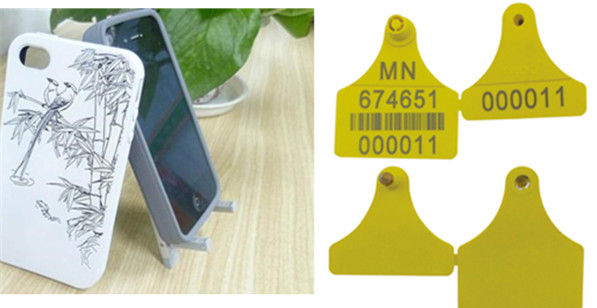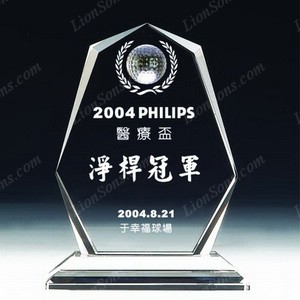Laser Marking Plastic Additive

As laser marking systems become more advanced and gains importance in today s manufacturing sector among other areas the need for ability to mark polymers continues to grow and it s applications like plastic parts security seals.
Laser marking plastic additive. These advanced material science formulations achieve unprecedented marking contrast line edge detail and speed on plastics that have traditionally been difficult if not impossible to laser mark. Irasorb cto m10 by keeling walker is an infrared filter and laser marking additive. The components made from these molding compounds ensure good laser weldability of two transparent materials and for laser marking dark lettering of the highest quality even for highly trans parent and colorless plastics. Sharp markings can be made on transparent or light colored plastic parts with an ndyag laser creating a mark that is heavy metal free and suitable for food contact applications.
At brilliance we specialize in laser marking materials and additives and have developed the newest compounds to improve laser marking technology for plastics for today s market. The wavelength required for this around 1064 nm can be generated by three different light or diode pumped laser systems the neodymium yag laser the neodymium vanadate laser and the fibre laser. We are a manufacturer of laser marking additives in plastic masterbatches. Mark it by basf is an antimony doped tin oxide.
Both light and dark marks are permanent and resistant to light abrasion and chemicals. Laser marking of plastics is a noncontact digital process whereby indelible information is applied onto a target substrate surface with minimal material penetration. This creates a dark mark obtained from the burning or charring on the surface or a light mark obtained when the laser causes the polymer to foam. It is a patent protected high efficiency nir absorber based on modified tungsten oxides.
The newest generation of laser marking smart additives incorporated into polymers is a quantum leap in technology which is both enabling and cost saving. Material optimisation with 2 3 addition of laser additives is often essential for achieving an optimal marking contrast. Direct ink printing puts an image on the surface of the plastic which can be removed by abrasion or solvents but laser marking can provide an indelible high contrast mark in the material itself with no direct contact with the plastic other than through the incident laser beam. For more information on ampacet laser marking additives their applications and complete regulatory status please complete the product inquiry form or contact ampacet or your local ampacet representative.
Acts as a laser marking additive. It is not based on mica or another substrate and therefore it does not impart a pearlescent grainy or reflective appearance. View more stanostat cpm10f. It can be easily dispersed in polymers as well as liquid colorant systems.
Laser marking is fundamentally different from ink printing the traditional method of marking on plastics. The l tec additive works by absorbing the laser energy and causing some very localised heating for a very short time. It is a highly.
















































